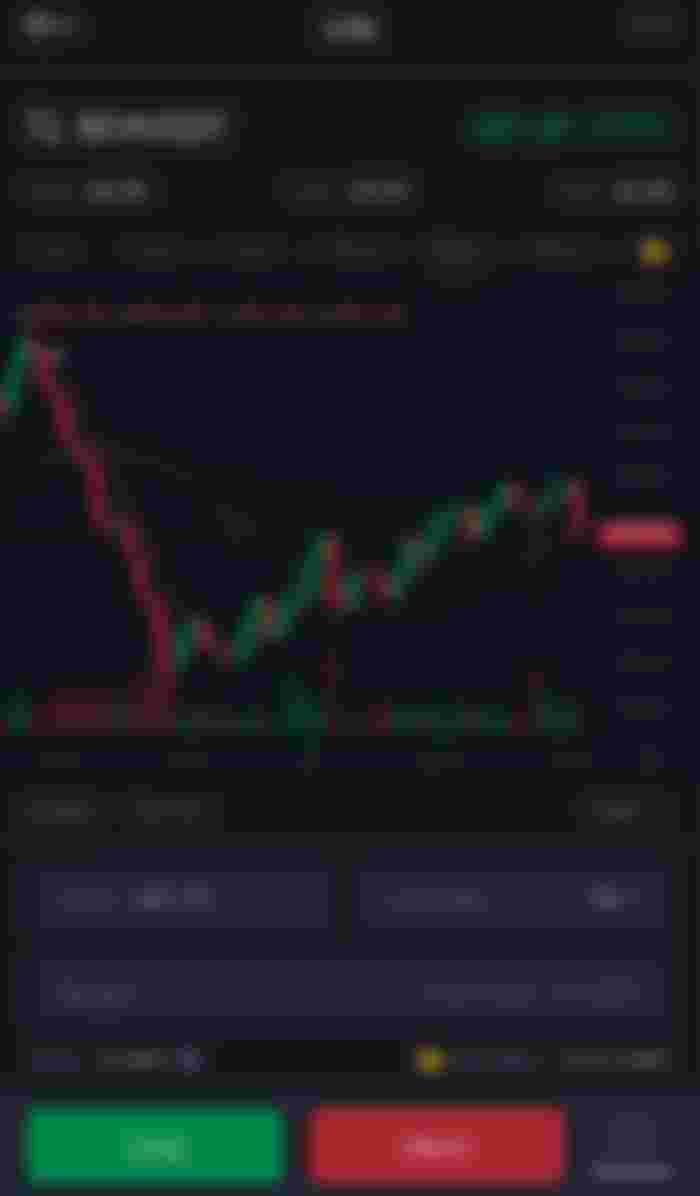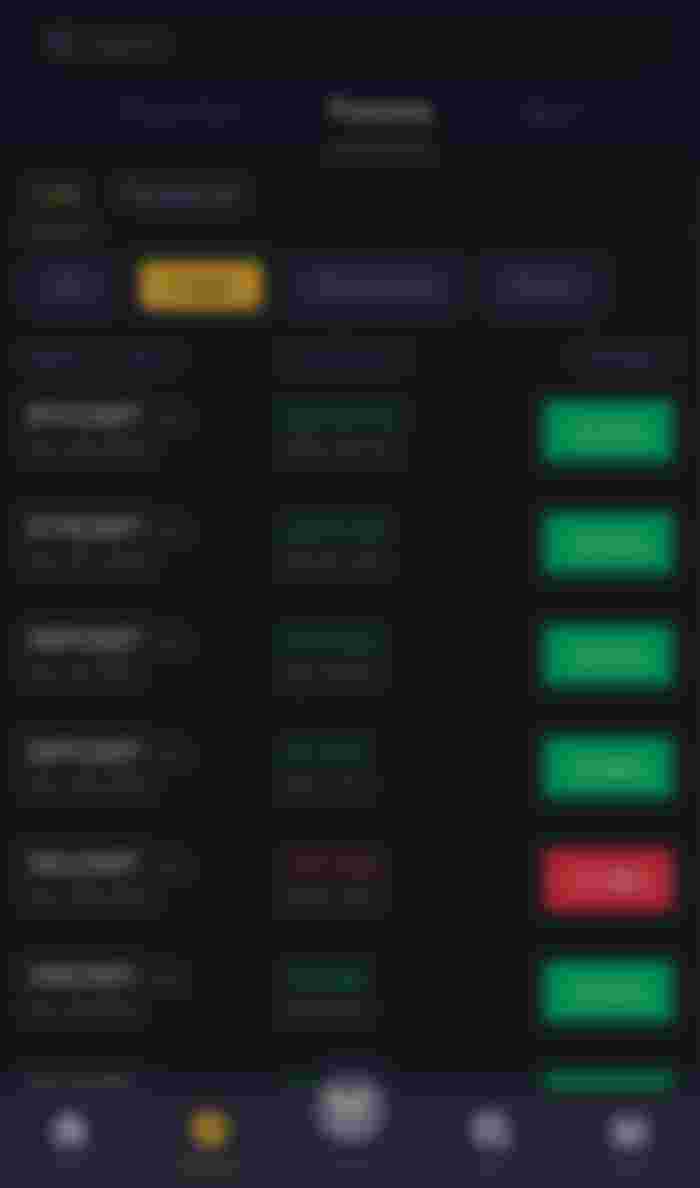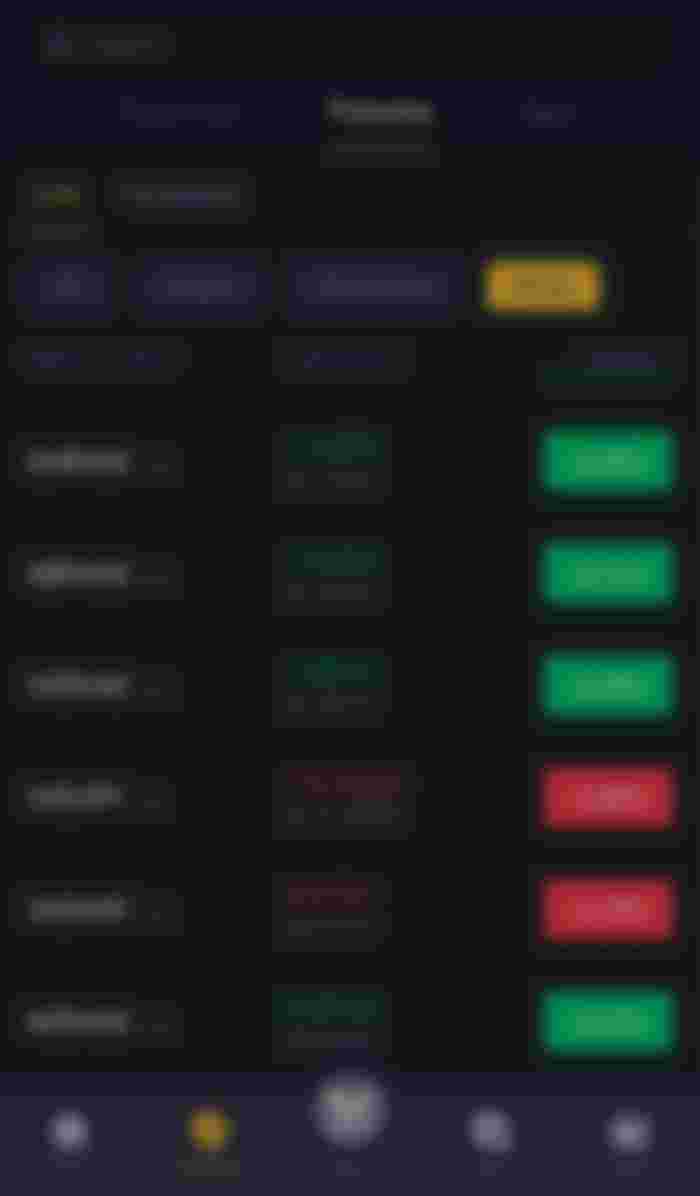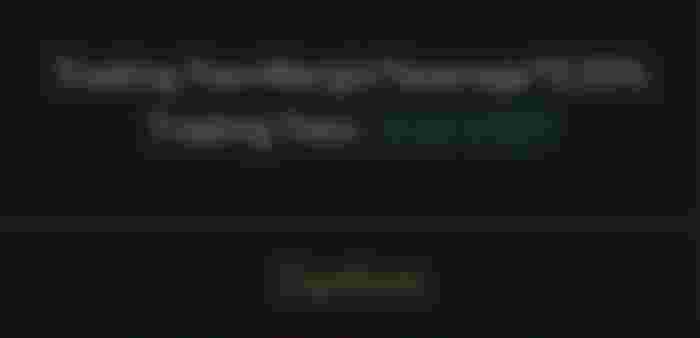Are you looking for a fiat onramp to crypto?
Are you looking for a trustworthy crypto focused trading platform with low fees?
Do you want to trade with and without leverage?
Do you want to go long or short on a wide selection of cryptos, commodities or stock indices?
Do you want to trade forex?
If you answered any of the above questions with "yes", then you are most likely interested in learning about Bityard - the one-stop trading platform. On Bityard you can buy crypto on the spot market, you can go long and short on a wide selection of cryptos with leverage, you can trade stock market indices and commodities like gold, oil and silver with leverage - both as a long and as a short position. And in addition to all the aforementioned use cases, Bityard can also be used as a fiat onramp to crypto. And you can even trade currencies (forex) on their platform. Bityard is truly a one-stop solution for everything related to crypto - and their fees are very affordable. And if that wasn't enough, they have cool features like copy trading, a mining simulation, a demo account and an affiliate program.
Bityard makes crypto buying and trading easy - and affordable.

What is Bityard?
Bityard is a centralised exchange that allows you to buy crypto with fiat money, trade crypto and other securities - with or without leverage. And you can withdraw the crypto - which you bought on the spot market - to your non-custodial wallet. Therefore, it is also a fiat onramp into the world of crypto assets.

Trustworthiness and Reliability is at Bityard's Core
Bityard is fully regulated and compliant with international laws. The platform operates with licenses from four different legislations: The USA, Singapore, Estonia and Australia. Bityard is licensed by the Singapore’s ACRA (Accounting and Corporate Regulatory Authority), The American Money Services Businesses (MSBs), Estonia’s MTR (Register of Economic Activity) for the European Union, and the Australian Transaction Reports and Analysis Centre (AUSTRAC).

A Brief Overview of the Bityard Platform
Bityard's native stable coin is Tether USDT: When you trade on Bityard, you always trade the security against USDT. In addition to numerous crypto assets, you can also trade commodities like gold, silver, natural gas, crude oil and even some stock indices like the Nasdaq 100 or the German DAX. For an overview of the over 300 trading pairs, have a look at this article.
In addition to buying long positions, you can also buy short positions.
What does Bityard Exchange offer?
Bityard offers a user-friendly and capable interface with a good charting tool for numerous cryptos and other securities, a demo trading account and a referral program. And the best part, it also offers a welcome bonus to new users. Get a free mystery box for signing up with this link.

Here is a view of the trading interface for CFD crypto trading:

The smallest leverage you can choose is 5x. The highest leverage depends on the security which you trade. I saw numbers as high as 200x for some assets.
And here is a view of a small portion of the 300 cryptos you can trade as CFDs on Bityard.

These are the stock market indices and commodities that can be traded as CFDs.

And these are the currencies:

$100,000 Demo account
One of my favorite features of the Bityard platform is the demo account. Bityard gives you a virtual $100,000 for practicing trading and familiarising with their user interface. I can highly recommend to use the demo account before trading with real money.
You can try what you ever wanted to do with such an amount of money without risking to lose any real money.
Copy Trades
If you don't want to trade yourself, you can choose to copy the trades of experienced traders. And if you are an experienced trader, you can even get paid for trading. Find out more about Bityard's copy trade program in this article or in this article.
Now that I have given you a brief overview of the Bityard platform, let's continue with the main topic of this article: Trading with leverage.
What is leveraged trading?
When you buy crypto or other assets like stocks on the spot market, you pay the full price for it. At the moment of writing this article 1 Bitcoin Cash costs about $430. That means in order to buy 1 BCH, we need to pay $430. If the price goes up by $5, we make a $5 profit if we sell - minus the trading fees. And if the price of BCH drops to $1, we still own the 1 BCH - assuming we didn't panic sell in the meantime.
As you can see, buying crypto on the spot market is the right choice for a "buy and hold" - or "spend and replace" - strategy.
However, if you are interested in day trading or swing trading - or if you are interested in shorting an asset, then the spot market may not be the best choice for you.
This is especially true if you are - or aspire to be - a day trader. In day trading the positions are usually held for minutes, hours or a few days. Traders try to "read the charts" with technical analysis or they trade based on the news flow. Day traders try to make money quickly - and they usually follow setups with clear entry and exit conditions.
We can't go into too much detail in this article, but let's assume you decide to buy Bitcoin Cash if it breaks out above its resistance at $440, for instance, because you expect a strong and quick move upwards to $500. And let's assume you are determined to sell if the price falls below the support at $420 - because you expect a crash down to the $200 region if the support doesn't hold. Then you may be interested in leverage trading.
Take profit and stop loss
In leverage trading we can specify a "take profit" and a "stop loss" - just like we need it for a day trading setup. In our example, the take profit is $500 and the stop loss is $420. If the Bitcoin Cash price reaches either of these levels, our position is automatically sold and we either took a profit - or we sold at a loss. In case the price reaches our take profit, we would have a profit of $500 minus $430 multiplied by our leverage, for instance 5. Instead of a profit of just $70, we would make a profit of $350 minus fees. And in case our stop loss is triggered, we make a loss of $10 times our leverage of 5, because we sold at $420 and bought at $430. The loss would therefore amount to $50.
Now that we understood these basics, let's answer the question of how much money we would need to open a leveraged trade with a factor of 5 to get 1 BCH at $430. Unleveraged, we would need $430,obviously. The leverage factor of 5 reduces the amount we need to have to just $86. This amount is called the margin.
In addition to the margin we need to pay trading fees for the opening of the contract. The fees are quite low with 0.05% of our position size (margin multiplied with leverage): For buying 1 BCH at $430 with 5x leverage, the fees are only $0.215. However, the same fees apply when we sell the position and instead of charging you twice, Bityard charges the buying and selling fees upfront. That's why we are charged $0.43 in fees when we open the position and we don't get charged when we close it. That's quite affordable, right?

Leverage trading in addition to buy and hold
Please note that leverage trading can also be used in addition to a buy and hold strategy. The motivation can range from trying to maximise profits to "play trading" with small positions for fun. After all, we pay much closer attention to the crypto market when we put some money on the line - and making a few Dollars here and there can be a thrill and a lot of fun.
A leveraged short position as an insurance policy for your buy and hold portfolio
An additional use case for leveraged trading is to "buy an insurance" for your crypto position. Let me explain:
Let's assume that we bought Bitcoin Cash for a buy and hold strategy. However, currently, we are unsure whether the bull market is still ongoing - or whether we are in a bear market already. Could there be a violent crash? Maybe...
If such a crash happens, we will be happy to have some stable coins ready to buy the dip. For that purpose, we could either have some portion of our portfolio in stable coins already - or we could buy a small leveraged short position on Bitcoin Cash. This short position is our insurance policy: If BCH does not crash, then our short will not be profitable. We basically paid a small percentage of our portfolio for the insurance policy and as our main position increases in value, we are still in profit. And if the Bitcoin Cash price does actually crash, our short will become highly profitable. We can then buy the dip with the profits from our "insurance short".
Leveraged trading on Bityard
Bityard offers two different alternatives for leveraged trading: Perpetual futures and CFDs. In this article, we will take a look at the CFDs. If you are interested in the perpetual futures, have a look at this article.

What are CFDs?
CFD stands for contract for difference.
When you open a long or short position on Bityard, someone has to take the opposite position. If you win, the other party loses. And if you lose, the other party wins.
In a CFD the trading platform takes the opposite position. The advantage is that you get to decide what kind of contract you want: You decide on the direction (long or short), the Dollar value and the leverage, the entry price, the stop loss and the take profit. And Bityard does accept your contract by default. For their service and their risk, you pay a small trading fee.
For instance you could decide to buy Bitcoin Cash at $430 - and you get to decide when that contract ends - for instance you take profit as soon as you hit a 5% profit. In order for this arrangement to work, Bityard has to take the opposite side of that trade.

Conclusion
Bityard is the one-stop trading platform with low fees and a wide variety of trading options. In this article we put a special focus on understanding trading with leverage and its applications for day traders and for hodlers. We explained how margin and leverage work and I hope you are now capable of making an informed decision whether leverage trading can be beneficial for your investment strategy. No matter whether you end up using it or not, I hope you also found that Bityard has a lot to offer as a trading platform - even if you decide against using leverage.

Disclaimer
This article is my submission into the #SantaBityard writing contest from #Club1BCH. All expressed opinions are my own.
In case you want to sign up for a Bityard account - and you would like to support me - at no cost and no disadvantage to you, I would appreciate if you added the following string to the end of the Bityard URL when you sign up for an account: /?ru=v8JbtM
My Bityard UID is 540947958473719808.











Just great. Many things that I still had my doubts were resolved. Thank you. It took a while to get there, but it was worth it.